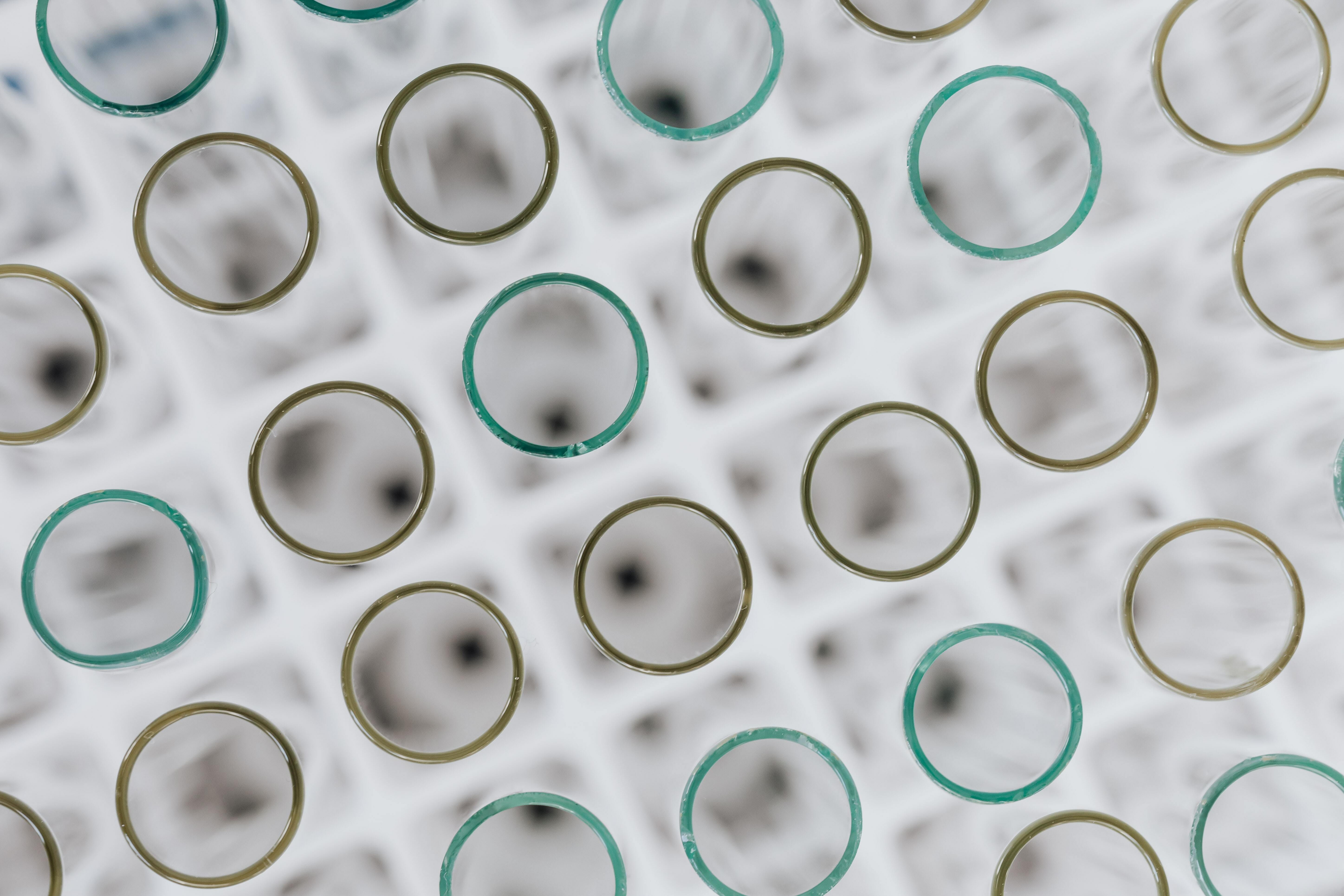
Magnetic hyperthermia equipment has been used for a variety of medical conditions, but its primary use is in the treatment of Iron overload. This article will discuss everything you ever wanted to know about this fascinating medical technology. We will answer common questions and explain everything you need to know about the different types of magnetic hyperthermia equipment, their uses, and potential risks.
What is Magnetic Hyperthermia?
Magnetic hyperthermia is a method of receiving a treatment using a strong magnetic field to heat up the body. It is often referred to as a “magnetic sauna,” and it has many uses in the medical field. When a patient has a medical condition that affects the flow of blood, they are treated with a specialized machine that uses NuvoTek’s magnetic heating technology to heat the body. The body temperature is raised by as much as 36 degrees Celsius (96 degrees Fahrenheit) inside the machine. The increase in body temperature brings about an expansion of the blood vessels, which increases blood flow to the areas where it is needed. This therapy can be used for a variety of conditions, including conditions that cause excess blood flow, anemia, inflammation, autoimmune disorders, cancer, and other conditions.
Magnetic Hyperthermia Equipment Types
There are three types of magnetic hyperthermia equipment: open-source, custom, and industrial. Each type has advantages and disadvantages that are unique to that type. The main difference between the three types is in the amount of magnets available. The open-source equipment uses a modest amount of magnets, which is why it is popular in home health settings. The custom equipment uses the largest possible magnets, and the industrial equipment is designed to contain dangerous amounts of electricity and magnetic fields.
How Does Magnetic Hyperthermia Work?
Magnetic hyperthermia works by using electromagnets to create a strong magnetic field that is more than enough to generate heat inside the body. The body is sensitive to magnetic fields, and when the field is high enough, the body temperature is raised. The increase in body temperature causes inflammation, which can be harmful. The magnets used in magnetic hyperthermia can be placed inside a number of devices, including heaters, blankets, vests, and shoes. The devices themselves are punctured to release the heat, and a connector at the bottom allows the device to be connected to a power source.
Advantages of Using Magnetic Hyperthermia
No harmful side effects. The magnets used in magnetic hyperthermia are specifically designed to treat the circulatory system. As a result, the magnets do not cause the same kind of infection and inflammation that are usually associated with using other types of magnet therapy. No electricity or magnets are generating harmful radio waves. There are no moving parts to break, wear out, or wear out out. The equipment is completely portable. It can be used in your home or your car. It is a cheap, easy way to treat your loved ones. No running water needed. As long as there is a water source nearby, you can use it to treat your family and clients. Saves time and money. Treatment can be completed at your convenience, saving both time and money.
Potential Risks of Using Magnetic Hyperthermia
The potential risks of using magnetic hyperthermia include: Health Risks. There are potential risks associated with the use of magnets for a variety of medical conditions. These risks include: Overload, overuse, and/or misuse of electric currents. Insufficient understanding of electric potential health hazards. Potential for damage to wiring, equipment, and health.
Conclusion
Magnetic hyperthermia is a popular form of heat treatment used to treat a variety of conditions. The equipment is portable, uses low-noise electricity, and has no moving parts. The therapy is done in a medically accurate sauna that is set up in your home or car. There are no risks associated with the treatment and no complaints from the patients about the smell or the heat.